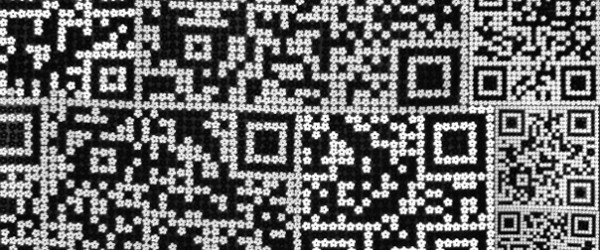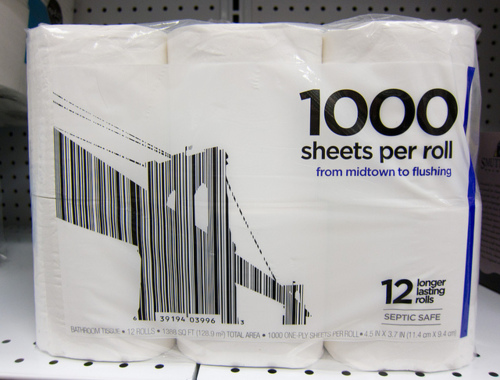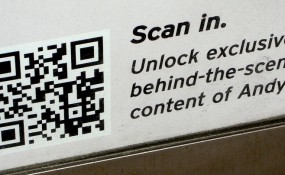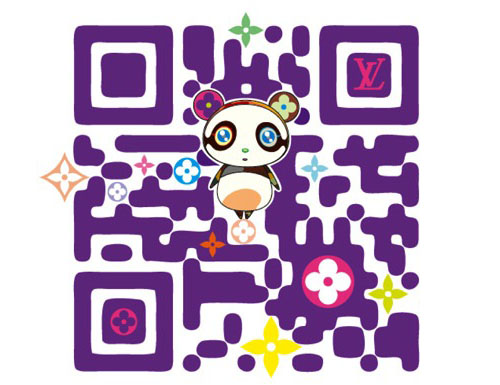
Decoding Business Into Art
Art, Commentary, DigitalLast summer, I’d ducked into a Duane Reade to grab a chilled drink, escaping the weight of a New York heat wave. As I stopped by the coolers, surveying the beverages, I saw them.
The landmarks of the Big Apple skyline peeped out of the little, slender, black, monoliths of bar codes. The iconic Brooklyn Bridge stood out on a pack of toilet paper rolls. The Statue of Liberty sat on a packet of trail mix. The Empire State Building soared out of a bottle of fizzy water.

Duane Reade, which is as New York as the cheesecake and the iconic yellow cab, was at the time in the middle of a repositioning campaign. To accentuate its New York-ness, it had commissioned stylish bar code artwork depicting the city’s iconic bridges, buildings, and monuments on its packaged goods.

Is that when the Universal Product Code became cool? Was that the bend in the road? Not sure, but a dry business symbol had certainly morphed into hip design.
Walking about in Times Square feels like milling about inside a Dionysian kaleidoscope, with its giant winking electronic billboards, glowing neon, playbills, and glittering marquees, all swirling around in a never-ending salsa.
All that razzmatazz tends to scatter the attention. And to push aside all the Technicolor noise, an object has to be—ironically—rather staid and without color.
This might explain why the QR codes stood out in sharp focus against the backdrop of the city’s polychromatic membrane of pulsating lights. Surely, it’s hard to resist the seduction of black and white in a world of bright colors.

Flat and thin, like graham crackers, they’re white squares, etched with rectangular black modules. As if magically, they sprouted overnight. They stared back with black beady eyes, from subway ads, bus shelters walls, kiosks, display windows, print ads. Suddenly, they were everywhere.
Apparently, like their one-dimensional cousin, they too, have a marketing purpose. QR codes, where the “Q” and the “R” stand for “quick” and “response”, are 2D, matrix bar codes, a bridge between the offline and the online world. When consumers point their smart phone cameras at them, they reveal the information encrypted in them, say, text, a URL, etc.
But now, they seem to have transcended their purely commercial function. They’ve caught the fancy of digital artists, who’re replicating their angular, oomph-loaded imagery.

This is the story of the convergence of commerce and culture.























[…] ZOUCH, June 20, 2011. […]